Lymphatic Health: Whether your goal is a robust immune system, to lose body fat, or even to live long: lymphatic health should be one of your goals. The lymphatic system is a lesser-known of the bodily systems, which plays a crucial role in every aspect of well-being. Today we explore the in’s and out’s of lymphatic health and ways to keep your lymph moving.

This article has been medically reviewed by Dr. Charles Penick, MD
What is the Lymphatic System?
The lymphatic system is a network of tissues and organs whose primary duty is to rid the body of toxins, waste, and other unwanted materials.1 It is a part of the circulatory and immune systems and comprises lymphatic vessels, lymphatic or lymphoid organs, and lymphoid tissues.
Lymph fluid is a clear, watery fluid that moves through your bloodstream and the lymphatic system. Approximately 20 liters of plasma run through your body’s arteries, blood vessels, and capillaries daily. They deliver nutrients to the body’s cells and collect the waste material, which makes up about 3 liters of the 20. This waste material is collected into the lymphatic system, now called lymph, for excretion before recirculating into the bloodstream.1,2
Why is Lymphatic Health Important?
Lymph fluid collects an array of substances the body wants to excrete, including proteins, minerals, fats, damaged and cancerous cells, and foreign invaders like viruses and bacteria.
Lymph nodes are like little pockets right under the skin that helps trap pathogens so the immune system can generate a defensive response. These nodes and lymph vessels create a webbing throughout the whole body and are mainly concentrated in the neck, armpits, groin, and abdomen.
The lymphatic system enables the body to monitor immune cells and regulate the inflammatory response in your body. It plays a major role in protecting the body from various threats, including bacteria, cancer, and infections.1,3
Lymphatic ‘health’ is essentially promoted through the continuous movement of lymph fluid, which, unlike blood, does not naturally pump throughout the body. Keeping the lymph moving requires practice on your part. It must be tended to daily to ensure that the body continues to rid itself of pathogens, bacteria, viruses, and other unwanted particles.2
Poor lymphatic health (stagnant fluid) can result in an accumulation of toxins in the body, leading to an array of unwanted symptoms that result from a lowered immune system response and the toxic build-up itself. From poor sleep, weight gain, insulin resistance, and of course, being more susceptible to viruses and pathogens: keeping your lymph fluid moving and healthy is a must!4
Top Ways to Promote Lymphatic Health
As we have explored, the lymphatic system does not flow without some help. Unlike the blood that circulates and pumps through the heart, your lymph fluid responds only to gravity, so let’s explore how you can support the movement of your lymph!
Lymphatic Health through Movement
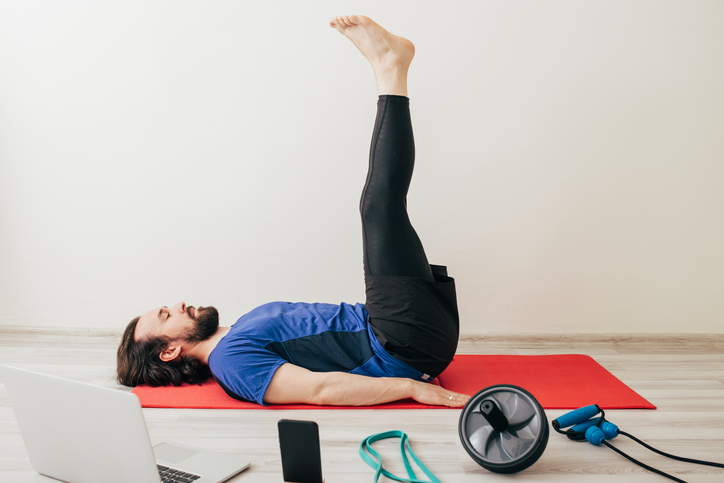
Both gentle and vigorous movement helps stimulate the lymphatic system. Since the primary nodes are near joints, activity helps boost the lymph fluid’s pumping action and facilitates its movement through the nodes.
Some lymph-friendly movements include yoga, stretching, walking, jumping on a trampoline, or rebounder. Jumping on a rebounder is one of the most efficient ways to get lymph moving. Five minutes of bouncing can be equivalent to 15 minutes of running time! Brisk walking is also considered one of the best ways to get lymph moving; make sure to swing your arms to get the most ‘pump’ from all your levers!1
Dry Brushing
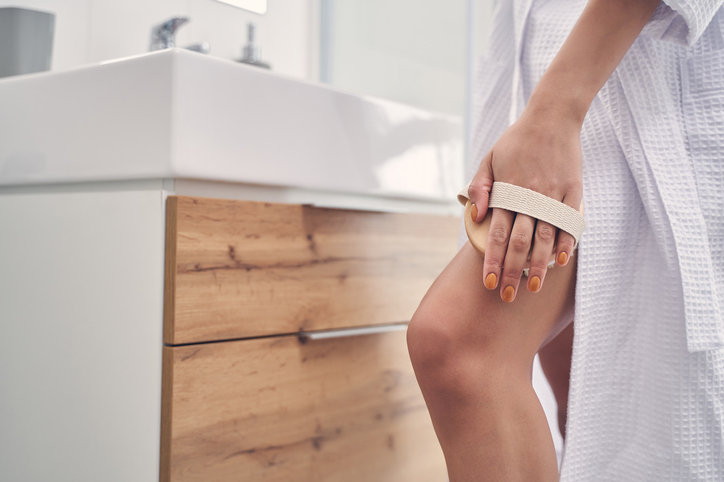
Since the webbing, tubes, and nodes that comprise the lymphatic system are located just below the surface of the skin, dry brushing is a gentle yet powerful way to stimulate lymph flow.5 Dry brushing is the act of using a dry bristled brush and gently brushing the skin in long sweeping movements towards the heart.
The whole body can be dry brushed in about 10 minutes, working up in sweeping motions from the extremities towards the heart. Leg sweeping motions work up into the groin (a major source of lymph nodes), and arms work into the nodes located in the armpits. The back, chest, and stomach can be brushed in any direction.
Dry brushing benefits can be maximized even more if done before a hot bath or sauna to help move lymph and open up lymph nodes, which is encouraged even further thanks to the heat.
Lymphatic Health with Hot/ Cold Showers
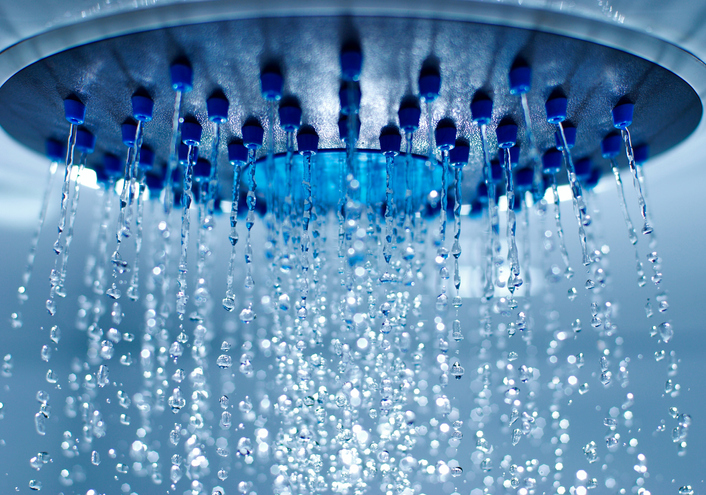
shower
Lymphatic vessels contract when they are exposed to cold and dilate when they are exposed to heat. This means that cold/hot therapy (like taking a hot and cold shower) can effectively help move lymph fluid.6
Hot/cold therapy includes rounds in a hot sauna with a cold shower and cold immersion tubs with rounds in the hot sunshine. Pairing this hot/ cold stimulation with dry brushing is another way to supercharge your lymph flow.
Lymphatic Health: Massage
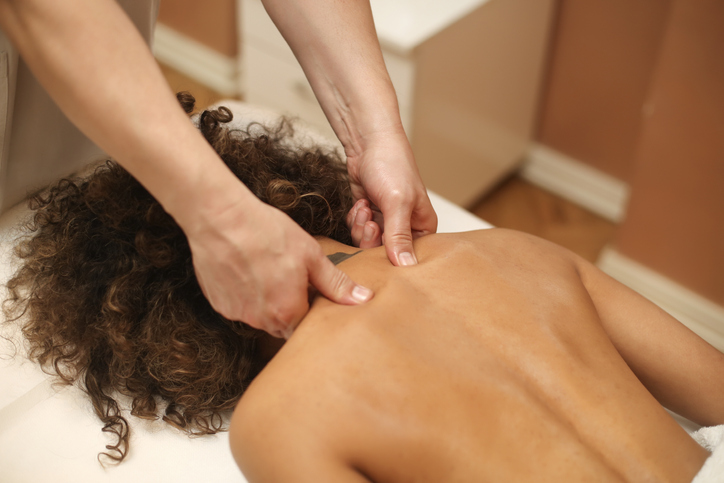
A lymphatic massage is a very gentle kind of massage that sweeps in similar motions to dry brushing: encouraging lymph fluid to drain toward the nearest nodes. A lymphatic massage is surprisingly gentle to those accustomed to a muscle-based massage. Still, it’s important to remember that the lymphatic system rests just under the skin, and too much pressure will not get the most benefits.
You can get a professional lymphatic massage done, but you can also perform self-massage by following an online tutorial or youtube video.
Deep Belly Breathing

Deep diaphragmatic breathing promotes lymph movement throughout the many nodes in the belly, including the thoracic duct, the largest lymph vessel in the body. All the lymph fluid from the lower extremities passes through these deep lymphatic structures.7
The upwards and downwards movement of the diaphragm that occurs with deep belly breathing promotes the lower extremities’ lymphatic flow. Deep breathing promotes whole-body relaxation and cascading benefits, including lowered blood pressure, decreased heart rate, and lowered blood glucose levels.7
Legs up on the Wall
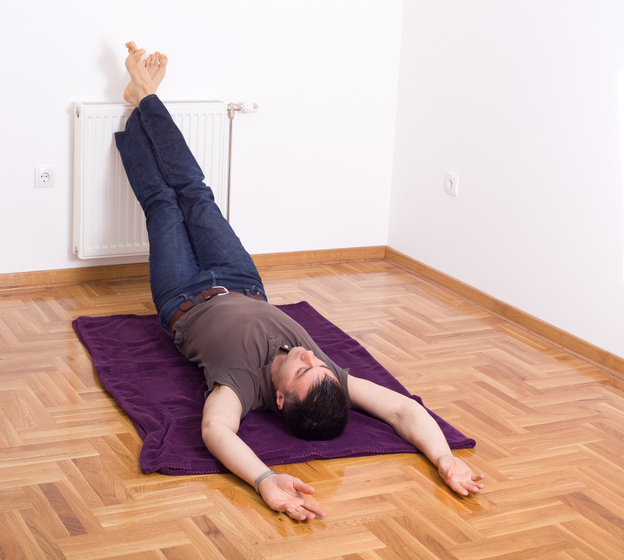
Inversions are a great way to promote lymphatic fluid flow since it responds to gravity. Placing your legs on a wall prop the legs in a position that forces lymphatic fluid to drain upwards toward the many nodes around the groin area. This is especially beneficial for those who spend a big part of their day sitting or standing stagnant and promotes lymphatic health as well as reduced swelling and increased relaxation.
Simply lie with your legs at a comfortable angle (working your way to a full 90 degrees) and stay for 3 to 5 minutes. Focusing on deep belly breathing in and out of the nose will promote lymphatic health!
Foods and Supplements
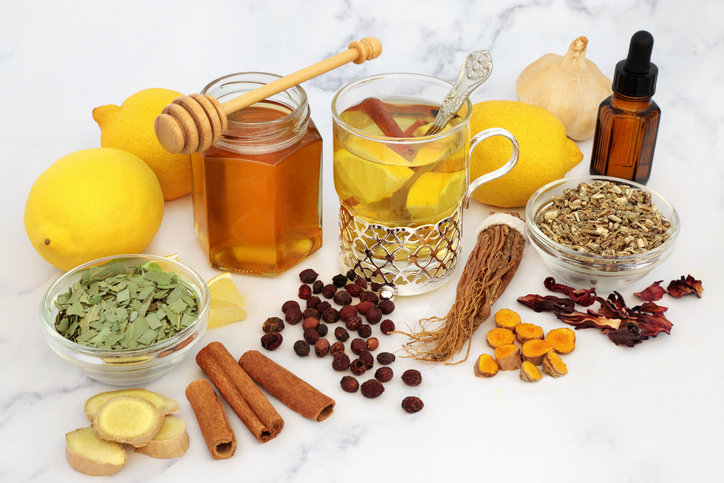
Various whole-food ingredients support lymphatic health, including ginger, echinacea Angustifolia, echinacea purpura, astragalus, cleavers, calendula, red root, lobelia, mullein, and burdock. [8] Some of these lesser-known ingredients can be difficult to find or incorporate into your daily diet. This is why whole-food supplements like Lymplex: Lymphatic Detox can greatly improve your daily routine.
Half a teaspoon of the powder can be mixed into water or juice and consumed daily to promote the flush and cleanse of the fluid in the lymphatic system and to help tighten and strengthen the lymph nodes.
Stay Hydrated

Being dehydrated can impede the lymphatic system, so ensuring you remain hydrated is vital for maintaining healthy fluid lymph movement. Hydration in and of itself is a massive topic that requires some mindful attention. Drinking enough clean water is a key aspect, with a big emphasis on water quality. Investing in a water filter if you’re drinking tap water is key to removing pollutants like chlorine and neurotoxins.
Water quality also includes water structure, which is supported by infrared light. [9] Getting your body out exposed to sunshine can help maintain the structural integrity of water inside your cells and promote a deeper kind of hydration. This type of structured water is also found inside fruits, vegetables, and even meat, so consuming water-dense foods is another way to promote deep hydration in the body. [9]
Summary

Through detoxification, the lymphatic system plays a crucial role in immune health. Poor lymphatic health can lead to various health problems, from chronic infections, to weight gain, poor sleep, and more. Since the lymphatic system does not circulate naturally like the blood, it requires support from you to keep moving and help detoxify your body. Some of the ways to promote lymphatic health include movement (yoga, walking, stretching, rebounding), dry brushing, hot/ cold therapy, lymphatic massage, deep belly breathing, and putting your legs up on the wall (or other inversions).
Processed food, environmental toxins, and sitting for hours on end can destroy lymphatic health, resulting in unwanted weight gain, poor sleep, and a shotty immune system.
For healthy lymphatic flow, the right herbs can also help! Some of the most powerful herbs for lymphatic health are at your local grocery store… Some are harder to find. Until now.
Lymplex is a proprietary blend of 10 organic, lymph-stimulating herbs designed to strengthen and tighten the lymph nodes and junctions as well as cleanse and flush out your entire system. Just half a teaspoon in the morning mixed with juice or water can help flush and cleanse toxins from the body and help tighten and strengthen the lymph nodes.
>> Kickstart your lymphatic system to remove toxins and destroy infections
Medical Disclaimer: This article is based on the opinions of The Cell Health team. The information on this website is not intended to replace a one-on-one relationship with a qualified healthcare professional and is not intended as medical advice. It is intended to share knowledge and information from the research and experience of the Cell Health team. This article has been medically reviewed by Dr. Charles Penick, MD, for the accuracy of the information provided. Still, we encourage you to make your own healthcare decisions based on your research and in partnership with a qualified healthcare professional.
References
- Moore, James E Jr, and Christopher D Bertram. “Lymphatic System Flows.” Annual review of fluid mechanics vol. 50 (2018): 459-482. doi:10.1146/annurev-fluid-122316-045259
- Levick JR. An Introduction to Cardiovascular Physiology. London: Hodder Arnold; 2010. Circulation of fluid between plasma, interstitium and lymph; pp. 188–219.
- Reid, Daniel P. The Tao of Detox: The Natural Way to Purify Your Body for Health and Longevity. Pocket, 2007.
- Scallan, Joshua P et al. “Lymphatic pumping: mechanics, mechanisms, and malfunction.” The Journal of physiology vol. 594,20 (2016): 5749-5768. doi:10.1113/JP272088
- “Support the Lymphatic System.” American Holistic Health Association, ahha.org/selfhelp-articles/support-the-lymphatic-system/.
- Cochrane, Darryl J. “Alternating Hot and Cold Water Immersion for Athlete Recovery: a Review.” Physical Therapy in Sport, vol. 5, no. 1, 2004, pp. 26–32., doi:10.1016/j.ptsp.2003.10.002.
- Kocjan, Janusz, et al. “Network of Breathing. Multifunctional Role of the Diaphragm: a Review.” Advances in Respiratory Medicine, vol. 85, no. 4, 2017, pp. 224–232., doi:10.5603/arm.2017.0037.
- Gavins, Felicity N. E., and J. Steven Alexander. Lymphatic Structure and Function in Health and Disease. Academic Press, an Imprint of Elsevier, 2020.
- Pollack, Gerald H. The Fourth Phase of Water: Beyond Solid, Liquid, and Vapor. Ebner Et Sons, 2013.


